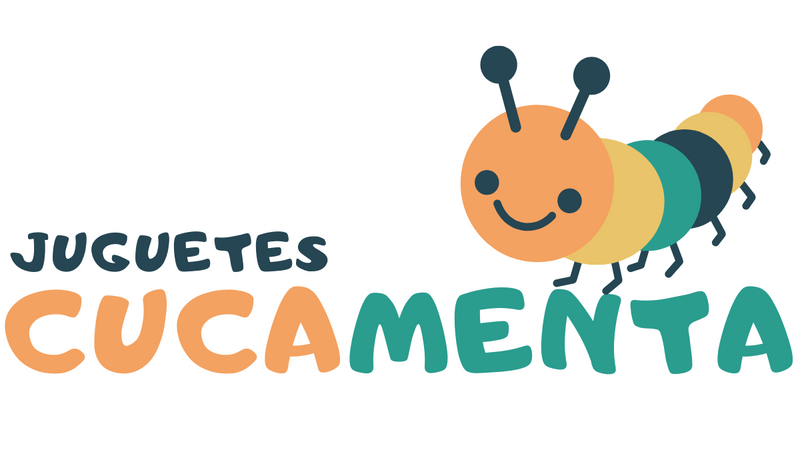Impossible costumes, happy chirigotas, delicious pancakes and troupes to the rhythm of music. Every year, the carnival returns with its unusual joy, its jokes and its festive spirit to color the streets, schools and nightclubs.
With a changing date each year - it can fall in February or March - it runs from a Thursday to the following Tuesday, immediately before Lent, the forty days for the preparation of Easter in the Catholic calendar. The first day for Lent is Ash Wednesday, considered a Christian holy day of prayer and fasting.
Different origins are considered for the carnival or ancient elements that inspire it, from the pagan bacchanals in Rome celebrated in honor of Bacchus - the god of wine -, the Saturnalia and Lupercales, the pre-Hispanic Andean festivals or other festivities of African-American cultures. The oldest carnival in Spain is in Salamanca: it is the Carnaval del Toro in Ciudad Rodrigo, which is already recorded in several documents from the 15th century.
And you, do you sew and design original costumes by hand? Are you looking for the most creative makeup ideas ? Do you paint your children's faces as monsters, superheroes or animals ? Do you cook typical carnival sweets and recipes from your place of origin? And do you know the following curiosities about carnivals in Spain? Get to know them below.
7 carnival customs to vibrate with the funniest party

- A common tradition is the burial of the sardine , a celebration that takes place at the end of the carnival to put an end to the celebration. The parade parodies a funeral procession and ends with the burning of a sardine-shaped figure, a symbol of leaving the past behind and reflecting on the joy and waste of these dates. His farewell is often accompanied by a piñata.
- Lardero Thursday, the farewell to meat : since Christian tradition traditionally prohibited the consumption of meat on Fridays of Lent, on Carnival Lardero Thursday, also called “Fat Thursday”, many people gather in the countryside - it is typical of Castilian and Aragonese lands - to give a good account of preñaos buns, choritzo, pork, eggs, tortilla and hornazo, a butter bun filled with meat. In Albacete it is called “Mona Day”.
- Full stomach! Some of the most typical carnival foods are pancakes, ears or Galician stew; the Asturian Pote de Antroxu - with cabbage, ear, nose or ribs - and the casadiellas or sweet dumplings stuffed with walnuts; honey soups and pumpkin torrijas from the Canary Islands; the sausage in the Aragon stew or the Catalan sausages such as the farcit -typical of the Pyrenees- or the butifarra in an omelet. There is also no shortage of the buñuelos de Águilas in Murcia - a lemon leaf fried with flour and egg - or the ensaimadas de rutas in the Balearic Islands, with sobrasada and candied pumpkin on top.
- Chirigotas, the funniest social satire : in Cádiz the streets are colored with the friendly songs of the chirigotas, musical groups of a carnival character that usually have between 7 and 12 members. They are musically accompanied by a bass drum, a snare drum, two guitars and the güiros, and in their fresh choruses and lyrics they satirize social issues of the moment or invoke the enjoyment of the festivities. The best have a prize.
- The longest carnival in Spain takes place in Galicia. The Galician Entroido lasts up to five weeks and covers what is known as the “magical triangle of Ourense”, the rural carnival of the towns of Verín, Xinzo and Laza. There you will find everything from the Colgamento do Meco to a battle of flour, screens - humorous masks with the face of the devil, accompanied by cowbells and cow bladders -, the cigarróns - sarcastic masks with a mustache and disturbing smile -, or the Peliqueiros, masks that They are an example of traditional craftsmanship.
- Mythological characters and villains : in the Cáceres town of Villanueva de la Vera, the Peropalo appears at carnivals, a doll that symbolizes a villainous tax collector who ends up being taken silently to the town square on Carnival Sunday, first thing in the morning. The Mussona also stands out, in the Murcian city of Águilas, a half-human, half-beast being, with surprising makeup and costume.
- The magic of Santa Cruz de Tenerife : it is considered the most important carnival in Europe and the second in the world after Rio de Janeiro. In 1980 it obtained the official declaration of Festival of International Tourist Interest, and since 1987, it appears in the Guinness Book of Records with the largest audience participation in an open dance, to the rhythm of Celia Cruz! More than 200 thousand people attended, and in 2019, they were already double that, 400,000! What will you find there? The election of the Carnival Queen, beautiful hand-made costumes, songs with socio-political substance, the fabulous Drag Gala or competitions by sea and land of crazy vehicles, such as the Arretrancos and the Achipencos in neighboring Fuerteventura.
Enjoy the carnival!


0 comments